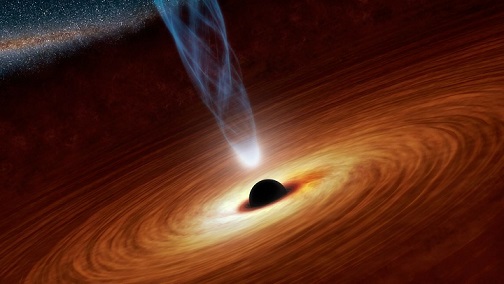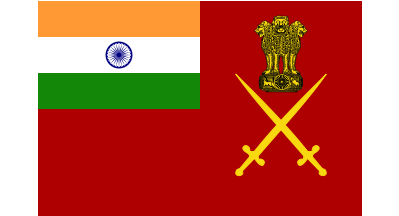
NEW DELHI (PTI): Indian scientists who contributed in the discovery of the gravitational waves have described the Nobel Physics Prize win for three US astrophysicists as "a dream come true."
US astrophysicists Barry Barish, Kip Thorne and Rainer Weiss were awarded the Nobel Physics Prize on Tuesday for the discovery of gravitational waves.
Predicted by Albert Einstein a century ago as part of his theory of general relativity but only first detected in 2015, gravitational waves are 'ripples' in the fabric of space-time caused by violent processes in the Universe, such as colliding black holes or the collapse of stellar cores.
"It is something which is a dream come true," Professor Bala Iyer, from the International Centre for Theoretical Sciences in Bengaluru, told PTI over phone.
Iyer is part of IndIGO, the Indian Initiative in Gravitational-wave Observations to set up advanced experimental facilities, with appropriate theoretical and computational support, for a multi-institutional Indian national project in gravitational-wave astronomy.
"The people responsible for the Nobel prize today, they were the visionaries who basically dreamt about making this possible and worked very hard to get this collaboration to this particular point. I am very happy," said Iyer.
"It is a discovery of a phenomena predicted by fundamental physics and which manifests only in an astrophysical source," he said.
Asked about how the achievement will benefit the Indian research scenario, Rajesh Nayak from IISER-Kolkata said that this will encourage the new generation of Indian scientists to get involved with the novel area of research that the detection of gravitational waves has opened up.
"There are a huge number of Indians who are working on different aspects of the gravitational field. Each works based on their interest in the field that we now call 'gravitational wave astronomy'," said Nayak, who was also part of the collaboration.
"Sanjeev Dhurander and Bala Iyer basically started the field. Now many people have joined the team," said Nayak.
Sanjeev Dhurandhar was also among the key scientists involved in the project.
He led a group at The Inter-University Centre for Astronomy and Astrophysics, Pune that had started work on developing techniques for detection of weak signals which would eventually lead to detection of gravitational waves.
A consortium of scientists, including many from India, was a part of the gravitational waves that were first predicted by Einstein on the basis of his theory of general relativity in 1916.
Until then, scientists had been trying to detect these waves with the help of laser instruments, known together as the Laser Interferometer Gravitational-Wave Observatory (LIGO).
The LIGO project operates three gravitational-wave (GW) detectors - two are in the US, and one in Italy.
Recently, scientists made the fourth detection of gravitational waves formed by the collision of two massive black holes located about 1.8 billion light-years away.
 Previous Article
Previous Article Next Article
Next Article













The Indian Air Force, in its flight trials evaluation report submitted before the Defence Ministry l..
view articleAn insight into the Medium Multi-Role Combat Aircraft competition...
view articleSky enthusiasts can now spot the International Space Station (ISS) commanded by Indian-American astr..
view article